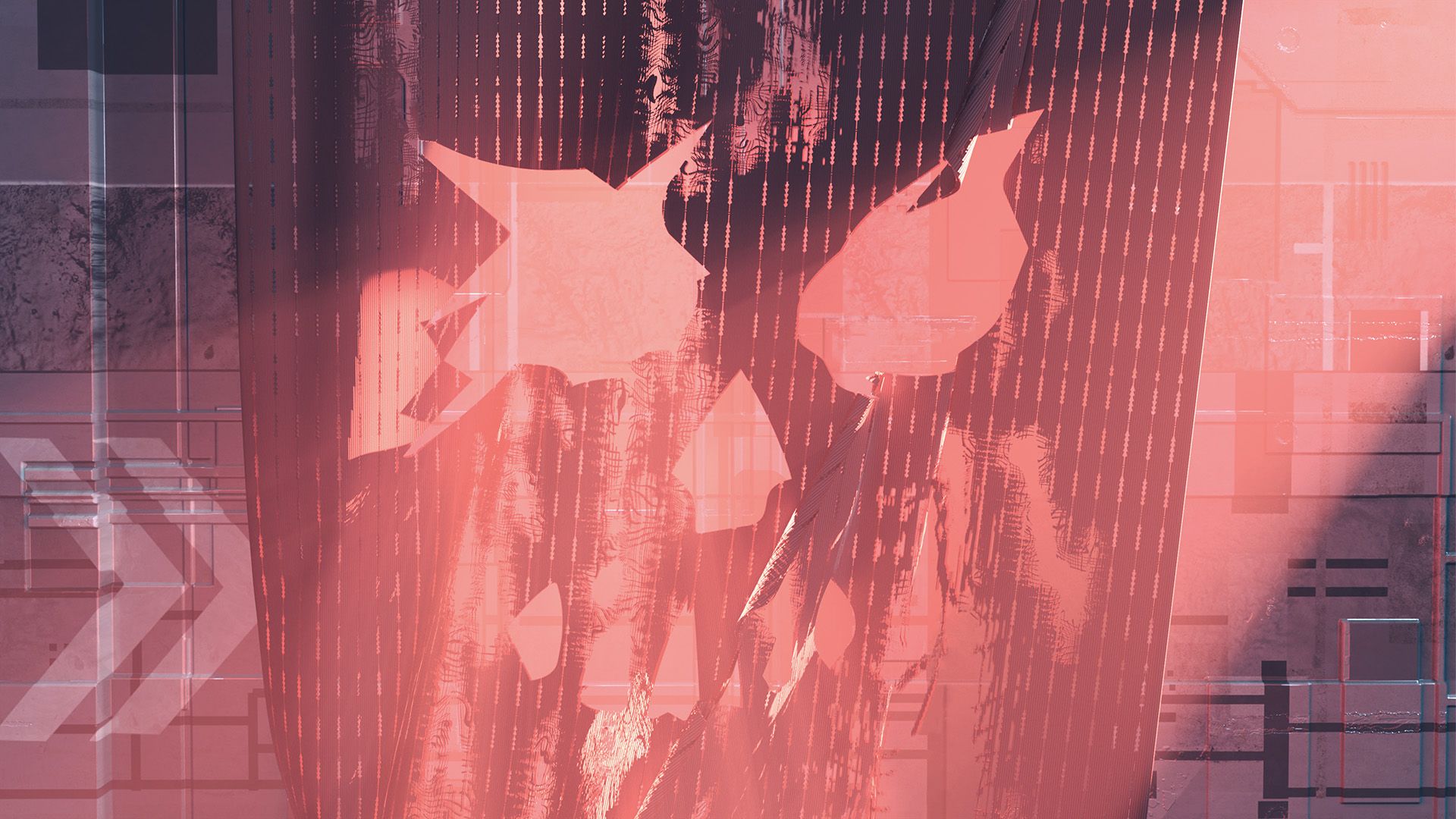Introduction
The Sibylean Kingdom is a hereditary constitutional matriarchy laying claim to the entirety of Star Beta’s gravitational influence. All planets within the system are either gas giants or ice giants (“ice” referring to a variety of volatiles such as water, ammonia, and methane). However, these gaseous planets retain many moons. The gas giant Dowager is certainly the centerpiece of this stellar system, with twelve large moons over three thousand kilometers in diameter. The lunar settlement of Sibyl is the capital world and Tencair is by far the largest population center and seat of the queen.
Under basic climatographic assumptions, Sibyl would be quite cold at its surface given its position near the edge of Astrild’s habitable zone. Geothermal activity tidally induced by the parent gas giant Dowager keeps surface life productive. Even with fusion power available, geothermal wells provide the majority of Tencair’s power, as the power generation method is cheap, simple, and prized for its reliability.
Other moons of Dowager are uninhabitable at the surface but resource-rich, securing the Sibyleans’ every need except for agriculture. Surviving on what amounts to a volcanic tundra world has instilled the population with a sense of frugality and egalitarian tendencies among commoners, and an irenic monarchy, ensuring the Sibyleans rarely live far beyond their means.
Society
The politics of the Kingdom have one familial component and one interest group component. An extended family unit is called a house (hus), and this is nominally the first of an individual’s two surnames, the second being a matronym or (rarely) patronym for disambiguation where necessary, such as in government bureaucracy and identification.
A political interest group is called a college (kolej), and a house can freely move between these at any time. A house must move between colleges as a whole. Therefore, house splits are possible and even likely over political differences or family feuds, and this has happened in the history of several greater houses and at least one royal house. The ruling government will typically be filled entirely by the college the queen’s house belongs to, or sometimes an alliance between two colleges.
The government itself is a modified form of curia regis, where the executive authority of the monarch is nearly supreme. The Kingdom today is ruled at any one time by one of twelve royal houses, thanks to a prudent power-sharing compromise brokered by the ruling women of the major clans after centuries of resource warfare. Incremental reforms have been made over the past millennium. Presently, commoners directly elect the queen every ten orbits, or upon the monarch’s death. The monarch must be a female heir of one of the royal houses; thus, this is hardly a properly democratic system. A popular queen may be reappointed by her charges indefinitely, that is, until she passes. Colleges can see themselves locked out of any real political power for many decades or centuries.
The queen rules with the aid of her royal councilors who together form an extended cabinet called the Regning. She may freely empower these councilors to act on her behalf in any way she deems fit. The persons who serve at the pleasure of the queen are often aristocrats, but need not be: merit is valued over circumstance of birth. (A councilor must, however, be a naturalized citizen.) Chancellors hold the highest position of a council in charge of a particular area: economy, foreign affairs, defense, justice and legislation, etc. They also lead assemblies of councilors and their adjuncts, whom make up the bulk of the Regning.
Disputes are resolved and alliances formed at the Klatching, a formal assembly of houses and their colleges in the capital Tencair. The Klatching is the base of commoner political power during a queen’s reign. It performs both legislative and civil judicial functions, and dethroned colleges can introduce proposals and exercise realpolitik here, although the final word on any alteration of law is had by the queen. The Klatching can technically dethrone the queen with a supermajority of political support, but this is an event which has never occurred.
Sibylean Aptitudes
The result of centuries of investment in understanding the harsh world around them, scientists of the Sibylean Kingdom are among the best in The Bary. Long credited for their indubitable role in bringing Sibylean society back from the brink, academics of hard and soft sciences alike fill the Regning. These meritocratic councils run daily bureaucracy and political errands for the queen in her name, and this form of enlightened monarchy has very few direct opponents.
The Sibylean warrior class is likewise fierce and resolved. Steeped in an ancient tradition of “the honorable and noble blade,” dames, knights, and even mercenaries of the varied house jarlja and their queen are sung as heroes into the present. This nomenclature expanded during the Novani-Sibylean War to include any officer who took command of a Royal Navy vessel or piloted a Royal Navy voidcraft, as these people were viewed as the natural progression of royal cavalry archetypes of old. Brave Sibylean dames and knights of the independence war became a template for which the Kingdom began to produce some of The Bary’s best fliers.
Ashlee Rinn Jensdottir, the main character of the Stardust novel, is a citizen of the Kingdom.






